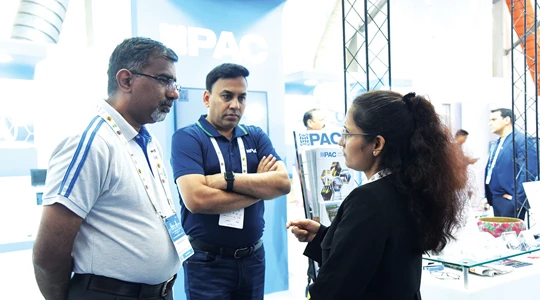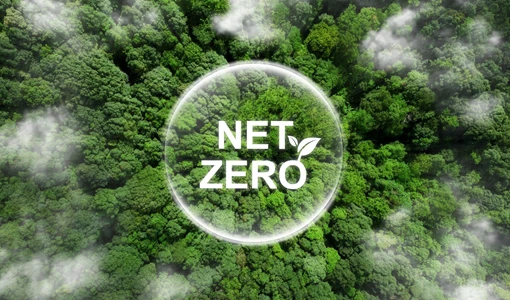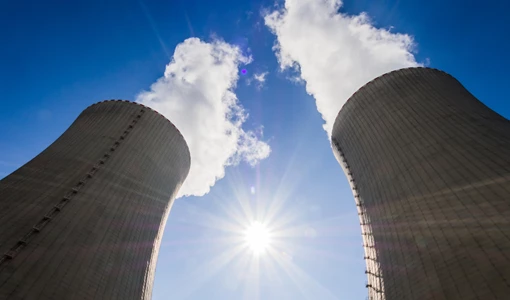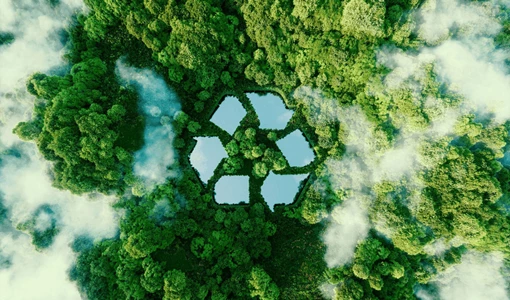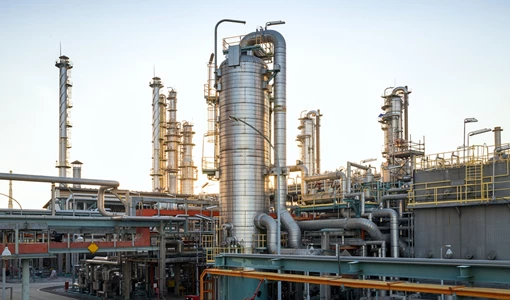Harnessing power to X for emissions reductions in remote locations
In the continuation of our 'Scope 3 in Focus' series, we aim to further illuminate the complex landscape of Scope 3 emissions in the energy industry. After exploring offshore logistics in the previous article, we now turn our focus to the fast developing Power to X market, specifically floating offshore power plants. These new solutions, leveraging renewable energy sources with energy storage technologies, promise to transform the energy landscape in remote areas traditionally viewed as too difficult to tackle.
Setting the Stage: The Power of Floating Offshore Power
Hard-to-abate regions, synonymous with their high emission intensity and limited scope for low-carbon alternatives, have long posed a formidable challenge in the global fight against climate change. The advent of floating offshore power plants, ingeniously combining renewable energy such as offshore wind with state-of-the-art energy storage technologies like hydrogen or batteries, is poised to revolutionise these areas. These solutions promise are manifold:
- Reliable Energy Supply: These power plants provide a more reliable, clean energy supply, compared to wind or solar on its own
- Deployment in Remote Areas: Combined with the ability to function in remote and challenging locations dependent on carbon intensive energy sources such as diesel engines or gas turbines, this technology provides an important advance to decarbonise.
But the impact of these solutions extends far beyond their basic functionality. Let's delve deeper into the significant implications for Scope 3 emissions.
A Deep Dive: Scope 3 Emissions & Floating Offshore Power
By tapping into local, sustainable energy sources, floating power plants could radically reduce or even eliminate the need for fossil fuel imports and extensive hydrocarbon infrastructure projects in remote locations. When it comes to decision-making about deploying these innovative technologies, it is essential to adopt an integrated approach, one that takes into account the entire lifecycle cost and environmental footprint before and after:
Existing Hydrocarbon based power system
- Transportation: By replacing long-distance fossil fuel imports with local energy sources, the emissions from transporting these energy sources can be reduced. This effect is amplified when considering the additional environmental impacts associated with transporting fossil fuels, such as potential oil spills and disruption to local ecosystems.
- Waste Management: Hydrocarbon based energy systems are complex to recycle and the end-of-life footprint is often neglected in the analysis.
- Installation and Maintenance: Diesel engines and gas turbines are often built far from any remote location and the construction and transport is complex and energy intensive. The later maintenance often requires mobilising specialists and sourcing special parts negatively impacting the lifecycle emission view.
Renewable Floating Power Plants:
- Material Production and Transportation: Here, the emphasis is on understanding the carbon 'embedded' in the materials used for constructing the floating power plants. This analysis must span the energy required for extraction of raw materials, processing and manufacturing these materials, and their transportation to the plant construction site.
- Installation and Maintenance: Looking at the supply chain's carbon impact is crucial. From the stages of installation and maintenance to the end-of-life disposal or recycling plans, careful management is necessary to minimise Scope 3 emissions. Planning, auditing, and improving supply chain operations can result in a significant reduction in the overall carbon footprint.
- Waste Management: As part of a sustainability target, these projects should strive to build a significant portion from certified recycled materials and design for reusability at the end of life.
The Role of Digital
As we move into this brave new world of sustainable energy, the potential of digital technology and Artificial Intelligence (AI) to optimise planning and operational efficiency is immense. Key benefits include:
- Real-time Data: Advanced digital platforms can provide real-time scenarios, allowing adjustments and optimisations on cost and emissions, thus ensuring the optimal deployment of technologies.
- AI-Driven Optimisation: Artificial intelligence can provide detailed insights into the entire supply chain, identifying areas of inefficiencies contributing to Scope 3 emissions, and suggesting solutions to mitigate them. AI can also be used to predict future trends and provide strategies for long-term sustainability.
Reliable floating offshore power marks an exciting phase in our renewable energy journey. By marrying these technologies with digital solutions to optimise Scope 3 emissions, we make strides towards a future that is both economically viable and environmentally sustainable. As we continue to explore these pathways, embracing such innovative solutions becomes not just advantageous, but a necessity in our pursuit of a greener, cleaner future.
In conclusion, the emergence of floating offshore power plants provides an exhilarating glimpse into the future of renewable energy, offering new pathways for reducing total emissions. As we continue this 'Scope 3 in Focus' series, we look forward to further unravelling the complex dynamics of Scope 3 emissions and exploring more sustainable practices across the energy industry.
KEEPING THE ENERGY INDUSTRY CONNECTED
Subscribe to our newsletter and get the best of Energy Connects directly to your inbox each week.
By subscribing, you agree to the processing of your personal data by dmg events as described in the Privacy Policy.
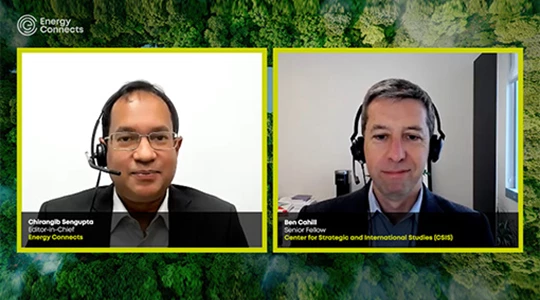
CSIS: long-term LNG demand to reshape global export capacity growth
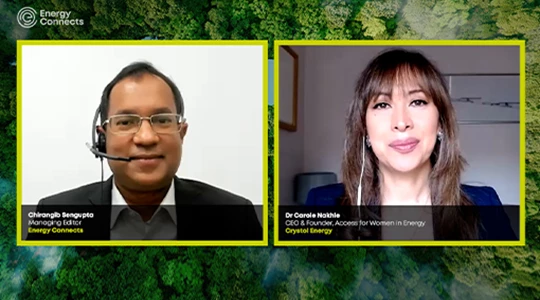
More women in energy vital to the industry’s success
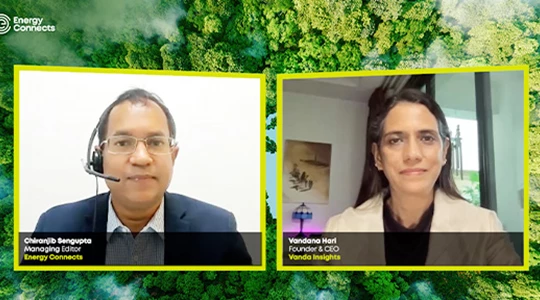
India’s energy sector presents lucrative opportunities for global companies
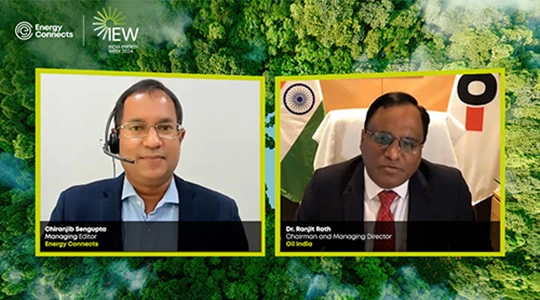
Oil India charts the course to ambitious energy growth

Maritime sector is stepping up to the challenges of decarbonisation
Partner content

Navigating the trading seas: exploring the significance of benchmarks

Back to the Future(s): the best commodities benchmarks are still physically settled

Ebara Elliott Energy offers a range of products for a sustainable energy economy
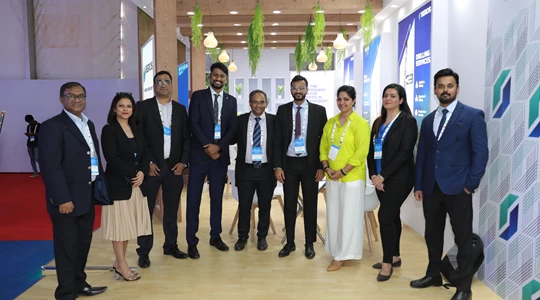
Essar outlines how its CBM contribution is bolstering for India’s energy landscape
